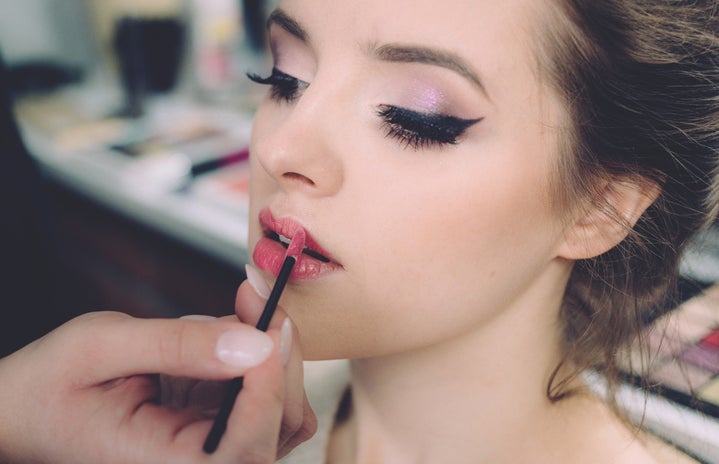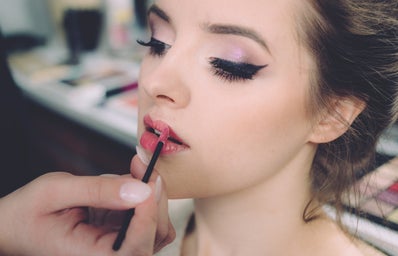Clean beauty might just be the next big thing in the cosmetics industry. With popular brands advertising natural skin care & wellness, cleaner beauty approaches seem to be popping up everywhere. Plus, all this talk of the chemicals and toxins in the products we use every day has people tossing their conventional beauty products in search of something more natural. So, if you’re looking to start fresh this new year with a cleaner beauty routine, read on for some things you might need to know!
So, what is clean beauty?
According to an article from NBC’s Today Show, the clean beauty movement is driven by the search for beauty products made from organic ingredients by companies that are transparent about their production & processing. According to a 2015 study, women on average use 12 beauty products a day, containing 168 chemicals! Facts like these are driving the search for healthier & cleaner alternatives.
This beauty movement is surging with 50% of women already using clean beauty products, and over 60% willing to splurge on clean beauty, according to a Harper’s Bazaar survey of over 1,000 women.
Are clean, natural and organic beauty products the same?
No, they’re actually not! Though clean, natural and organic are closely associated and tend to be used interchangeably, there are certain nuances that differentiate these terms. According to Women’s Health Magazine, natural beauty products typically contain ingredients that are naturally derived and not grown in a lab. Organic beauty, according to a Harper’s Bazaar article and Women’s Health Magazine, is defined by the way ingredients are cultivated and is regulated by the USDA – a product labeled “USDA Organic” must be certified and adhere to certain guidelines. Non-toxic beauty products on the other hand, seek to remove ingredients that have been associated with harmful consequences, such as cancer, hormone disruption or skin irritation, according to a Harper’s Bazaar article.
Is clean beauty really better?
Though using “cleaner” products sounds like a no-brainer, there are some things to consider when taking your next trip to pick up a product. For example, organically sourced ingredients are not necessarily safer than those from other sources, according to the FDA. Natural ingredients can also contain harmful toxins or allergens. Additionally, it’s important to be aware of greenwashing; according to vogue, this term describes companies that call their products natural, while concealing practices that aren’t necessarily natural or environmentally friendly.
Ultimately, if you’re hoping to make the best decision possible for your skin and the environment, make sure to do some digging before incorporating a product into your everyday life!
Interested in trying clean beauty?
If you’ve read this far, you’re probably interested in revamping your skincare routine and giving the clean beauty trend a try, and you’re definitely not alone. Below are a few articles that can help you find the right products for your skincare routine. As you begin your search, don’t forget that marketing efforts can be misleading; do your best to do some reading so that you can make the most informed decisions possible.
-
39 clean beauty products that will have you feeling good in 2020 – NBC’s Today Show
-
10 clean beauty products you can buy at the drugstore – The Everygirl
-
The eco guide to clean beauty – The Guardian
-
The Ultimate Guide to Clean Beauty – Harper’s BAZAAR
So, if you’re looking to learn more about clean beauty and possibly freshen your beauty routine in the new decade, you’ve come to the right place! Make sure to check out some of the articles we’ve sourced and others to find suggestions and more information on the blossoming industry.



